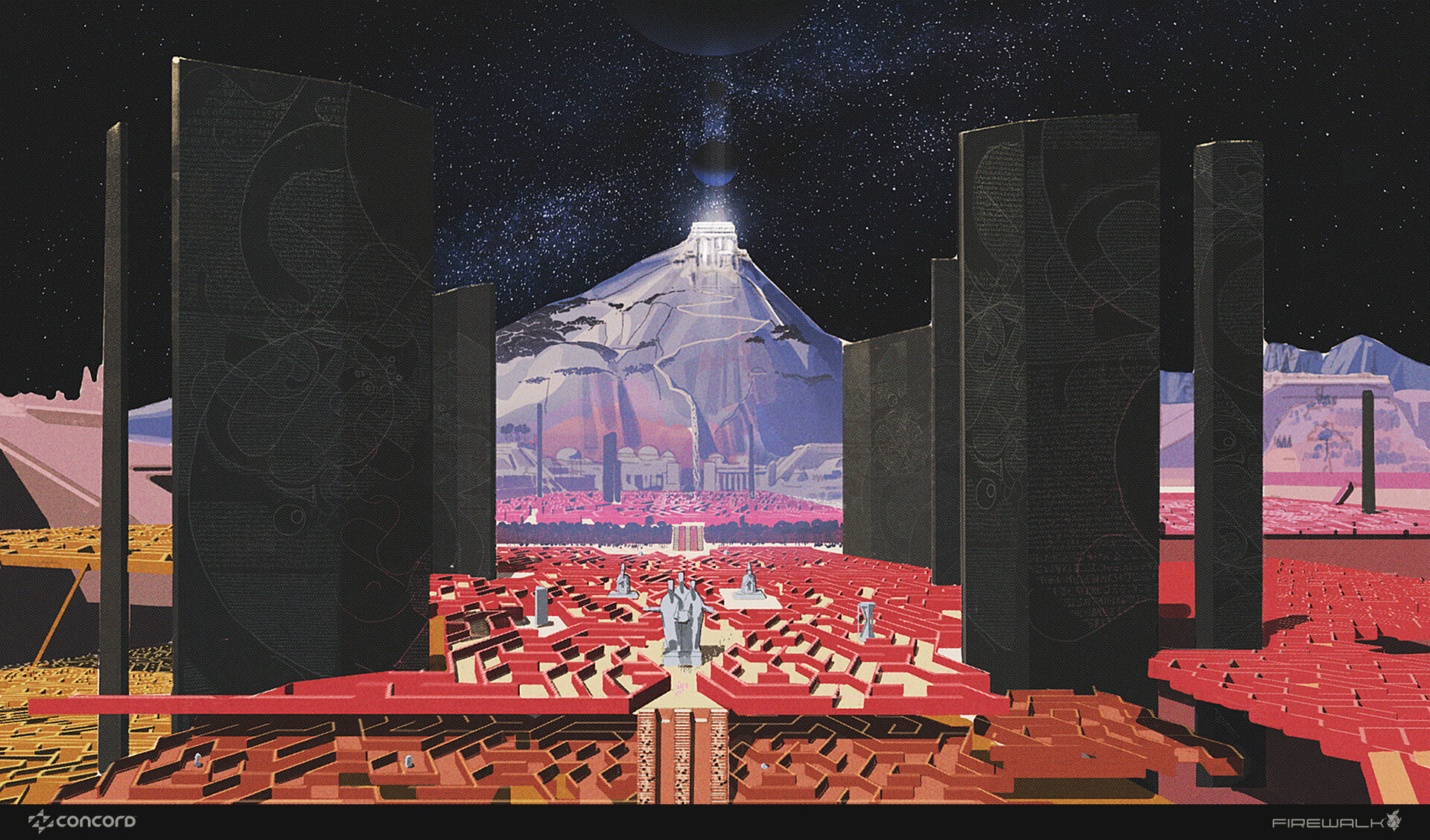How to make an indie film on a budget
How to craft cinematic magic without breaking the bank.
With platforms such as TikTok and Reels, and free tools such as CapCut and iMovie everyone who has a phone can now be a cinematographer. Even major companies in the industry such as Apple TV have been experimenting with creating media in formats optimised for mobile viewing. Once an experience only for the big silver screen, phones are now becoming a part of cinema.
Endless opportunities for self-expression and creativity mean filmmaking is an art form we’ve all had the urge to experiment with at some point or another. Spielberg told Sight and Sound in 2021 that he now only considers a film to be real cinema if it has had a minimum of a three-month theatre release window. But whatever your take on the increased accessibility of filmmaking, anyone can now make a short film, regardless of budget constraints (this free video editing software helps, too). The only equipment you need now is a creative mind.
01. Explore affordable camera options
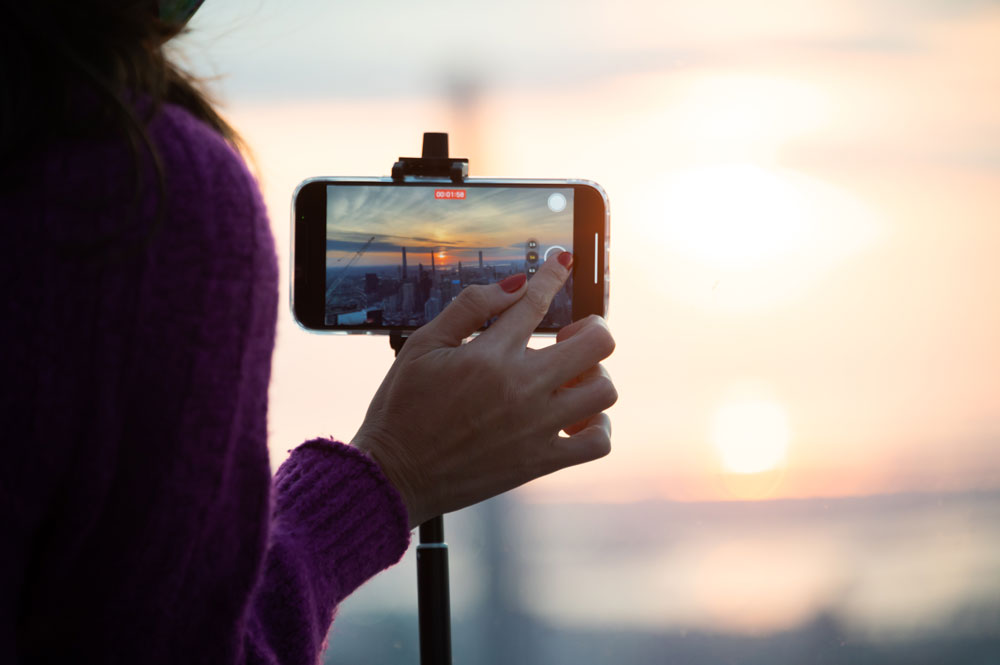
With the gap between the quality of phone cameras and professional cameras decreasing by the day, your smartphone is the most obvious option of budget camera. These days however, a more retro look is fairly trendy, so don’t shy away from cheap second-hand cameras. Depending on the type of scenes you might be looking to film, a $10 camcorder from Ebay could go a long way for your project. The lo-fi look is only growing in popularity, and this will help you achieve that naturally without having to spend painstaking hours adjusting the colours, exposure and sharpness in post.
02. Enlist some friends and family
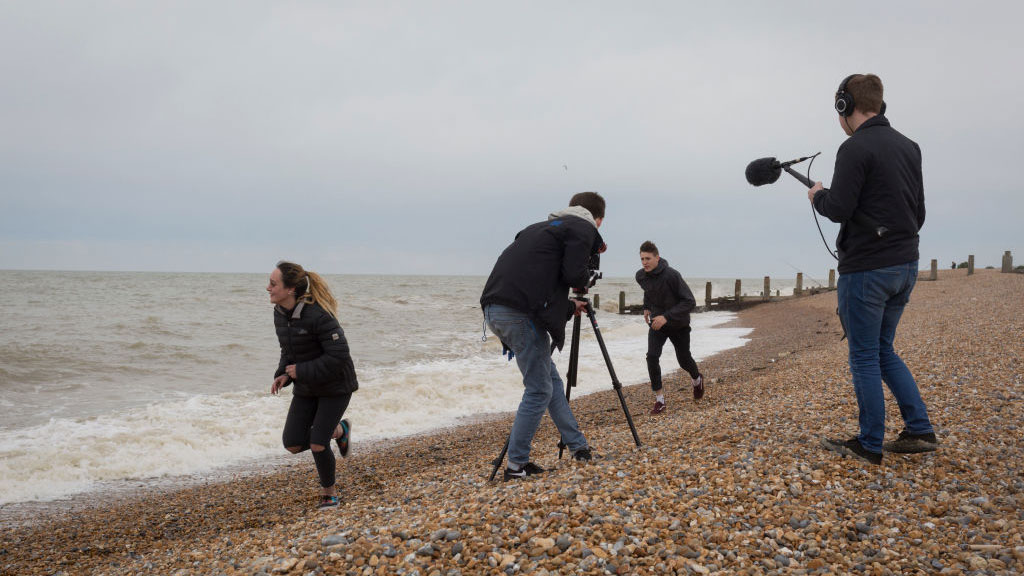
Needing to gather some extra cast members is the perfect excuse to get the whole crew round at the weekend! Filmmaking is a naturally collaborative art, so why not involve the people you already spend your time with? It’s an easy way to turn your project into a bonding experience while getting the use of actors and camera assistants completely free of payment.
03. Use an app to edit the clips together
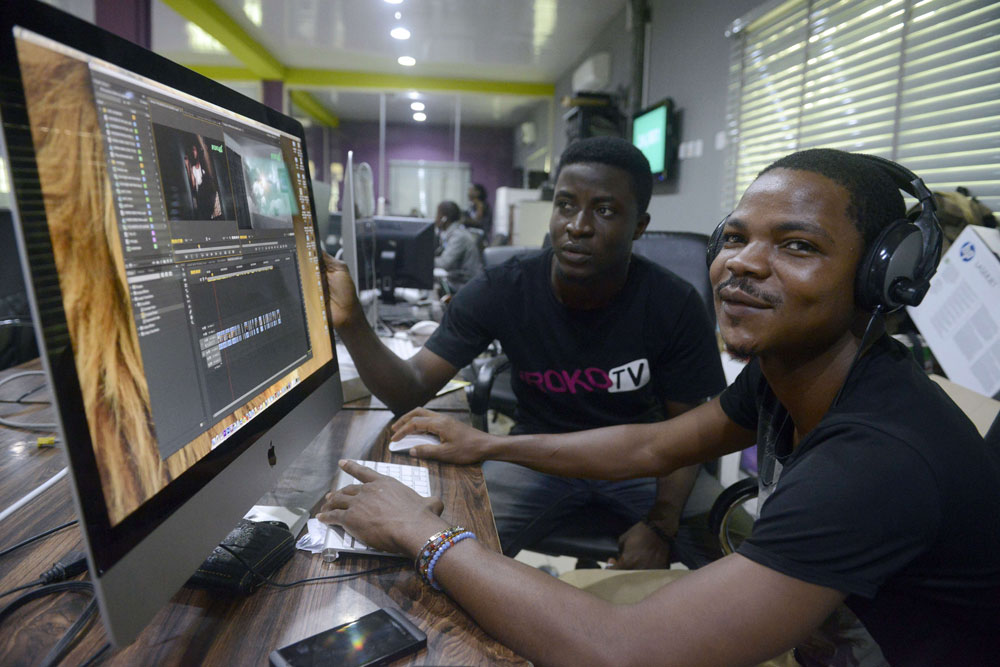
While industry-standard programmes Premiere Pro and DaVinci offer endless opportunities, sometimes a simple cut is all you need. It takes time to learn the expertise of programmes like these, so if you are completely new to the process then we recommend using something like CapCut. Many laptops come with free video editing software built in that’s already user friendly and built for whipping up short web-friendly videos, so these will always ensure a smooth finish to the final cut. iMovie is one of these options for those with a Mac, but there are many worthy alternatives on the market.
Check out the best laptops for video editing for a helping hand deciding what laptop will give you the editing capabilities your film will need. Thankfully there is plenty you can do without spending any money on editing software, and these apps offer the perfect balance. Their names are known for a reason, and it’s because they make video editing available to everyone, including those on a tight budget. All are free to use, offer friendly UX design and include intuitive editing tools suitable for piecing together your footage into a simple cut with ease.
04. Embrace guerrilla filmmaking
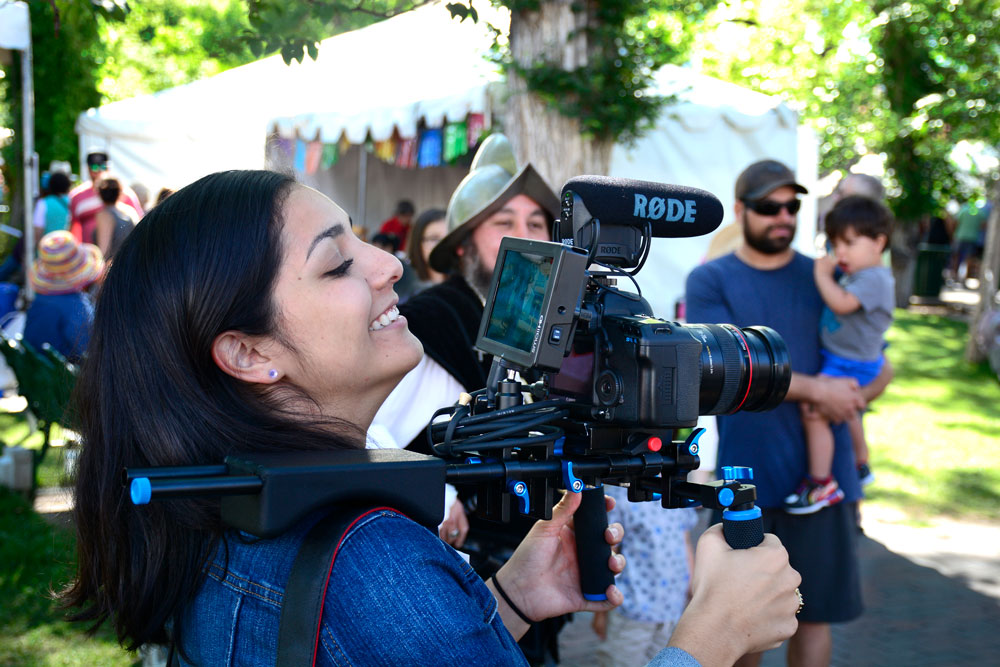
Let’s hope you have steady hands, because the general rule is that as long as you don’t place a tripod down, you can get away with filming in many non-public places without attaining permission. Not to mention all the public places you can rock up to with your camera and micro-crew to film your scenes on location. All you’ll need is an extra dose of confidence – so get your crew, get out in public and film your scenes!
Get the Creative Bloq Newsletter
Daily design news, reviews, how-tos and more, as picked by the editors.
Always make sure to check the local council’s most updated guidelines before filming in public spaces to make sure the usual permissions apply in the areas you are planning to use. We would also advise staying up-to-date with the BFI’s national filming guidelines.
Quentin Tarantino also took the guerrilla filming approach when making Reservoir Dogs at the beginning of his career. His budget could only secure him a limited number of locations, so upon a rewatch of this cult classic you’ll notice that all the scenes filmed on streets in public places were in fact filmed using guerrilla shooting. You’ll notice members of the public glancing curiously at the camera in the background, but this didn’t stop Reservoir Dogs from becoming one of the most famous films ever made. If anything, it just add a touch of Brechtian charm to it.
05. Need locations? Just ask!
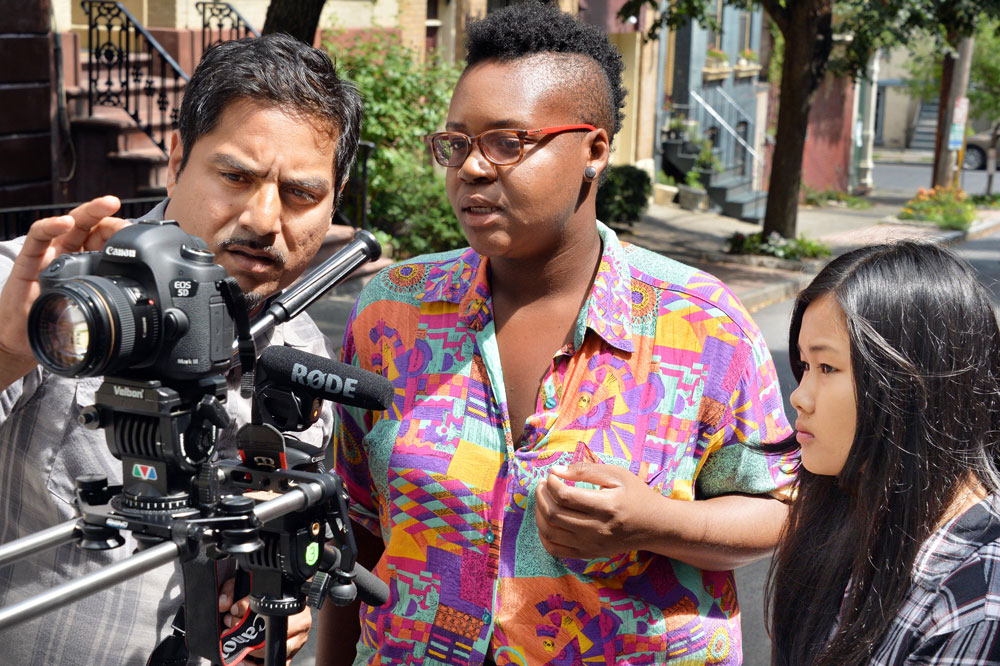
While guerrilla filmmaking has its ease and charm, if you have a specific location in mind for your film, sometimes you just need to bite the bullet and ask the question. I was pleasantly surprised to find out at both college and university that the chances are a polite visit or email asking for filming permission is all you need to be given access to a space free of charge. Students are especially in luck in this regard, as a mention of your local college or university will always boost your chances of a ‘yes’ from a local business or establishment.
06. Tap into student talent
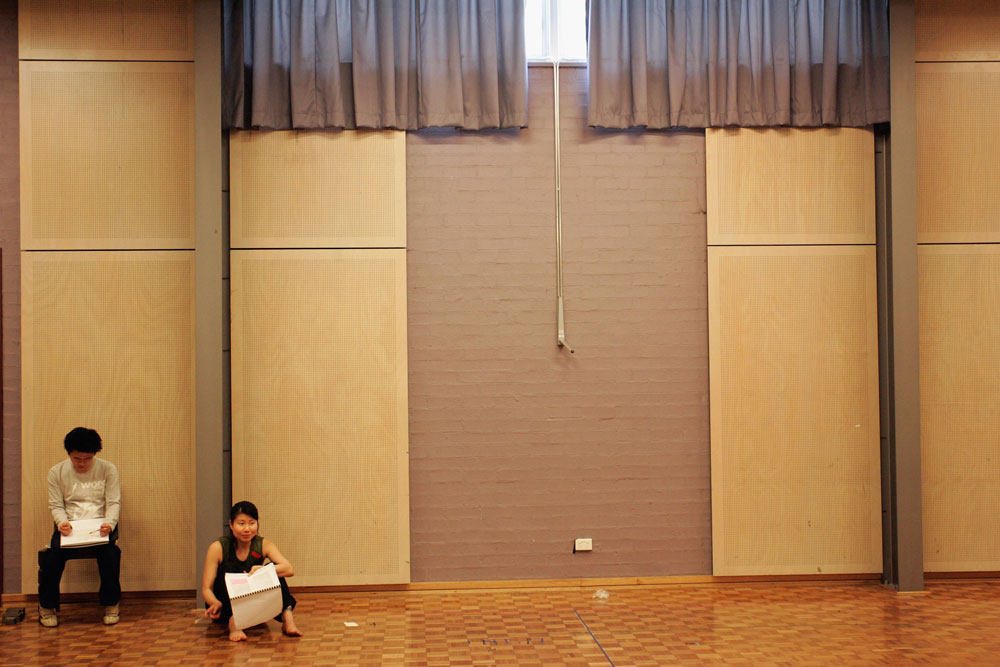
Acting talent doesn’t always have to come with a hefty price tag. Utilise resources like acting groups, local universities or colleges to find students looking for exposure and projects to add to their portfolio. Facebook groups are regularly used by students and entry-level creatives in the film industry, and the makers of indie films often recruit actors looking for some practice and experience via these networks. Just get onto Facebook, then search for filmmaking groups in your area.
If you have more of a budget, check our picks of the best video editing software for a range of use cases. And if you're feeling the indie vibes, try making your own indie comic.

Thank you for reading 5 articles this month* Join now for unlimited access
Enjoy your first month for just £1 / $1 / €1
*Read 5 free articles per month without a subscription

Join now for unlimited access
Try first month for just £1 / $1 / €1
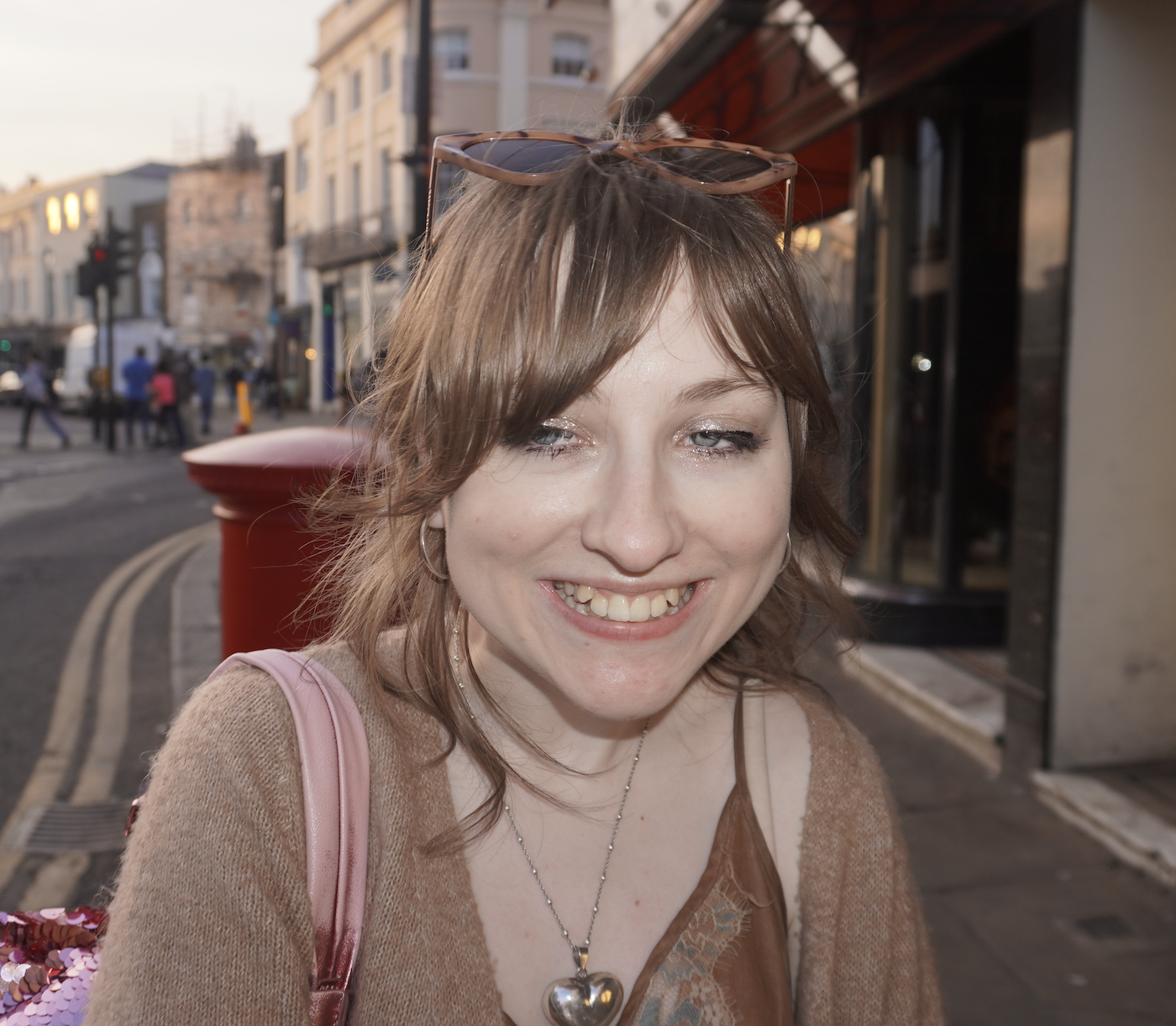
Mabel is a freelance writer, artist and filmmaker. When she's not writing about the arts industry, books or culture, she's working on writing and illustrating her stories or developing experimental filmmaking projects. Working in journalism, poetry, documentary-filmmaking, illustration and fiction, storytelling is at the heart of what she does. She started writing articles in online magazines when she was seventeen. After training at the BFI Academy and then studying at UAL, she is now continuing to write articles while she works on creating and launching her first books and films.
